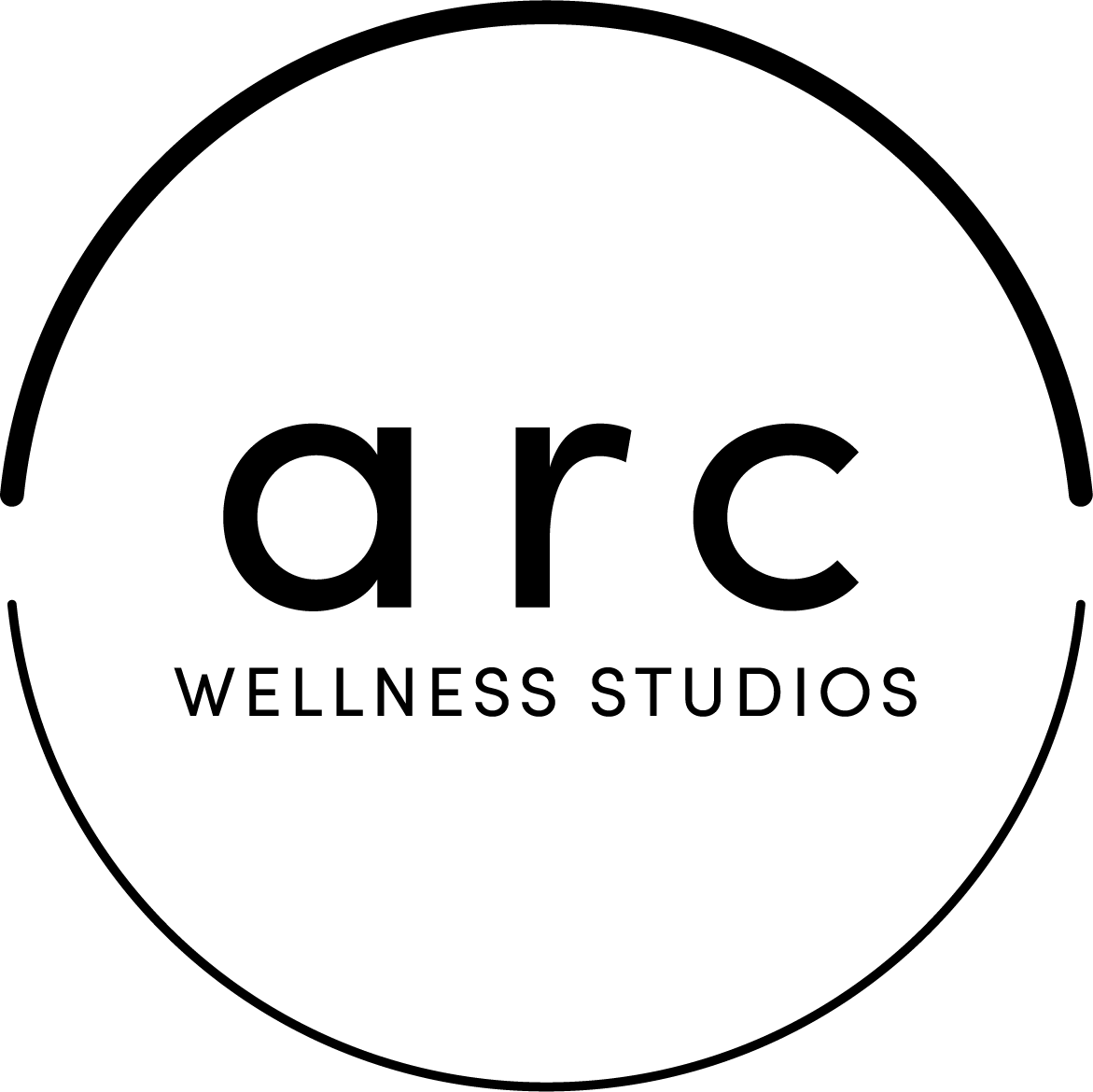BradCliff Breathing Method
Restore Calm, Control, and Confidence in Every Breath
The BradCliff Breathing Method is a structured, evidence-informed approach to assessing and retraining breathing patterns. Developed by New Zealand physiotherapists, it focuses on restoring optimal breathing mechanics, improving posture, calming the nervous system, and supporting recovery from a wide range of physical and emotional conditions.
Understanding Disordered Breathing
Many people breathe inefficiently without realising it.
Disordered breathing (also known as dysfunctional breathing) occurs when your breathing pattern becomes irregular, shallow, or overly effortful — even when your lungs and airways are healthy.
Common symptoms of disordered breathing:
Frequent sighing or yawning
Feeling breathless or “air hungry”
Tightness in the chest, neck, or shoulders
Dizziness or light-headedness
Tingling in hands or lips
Difficulty concentrating
Fatigue or poor sleep
Anxiety, restlessness, or panic sensations
Left untreated, disordered breathing can reinforce stress and pain cycles, leading to ongoing discomfort and reduced quality of life.
How the BradCliff Method Helps
The BradCliff Breathing Method helps identify and correct inefficient breathing patterns by addressing both the mechanical (how you breathe) and physiological (how your body responds) aspects of breathing.
Key goals:
Restore natural diaphragmatic breathing
Reduce overuse of neck and shoulder muscles
Rebalance carbon dioxide and oxygen levels
Improve posture, movement efficiency, and core stability
Enhance calm, focus, and nervous system regulation
What It’s Used to Treat
BradCliff Breathing Therapy is used by physiotherapists and clinicians to help with a wide range of conditions, including:
Physical Conditions
Chronic neck, shoulder, or upper back tension
Low back pain and pelvic floor dysfunction
Postural strain
Asthma and chronic lung conditions (as adjunct therapy)
Recovery from respiratory illness or surgery
Functional and Emotional Conditions
Disordered or dysfunctional breathing
Hyperventilation syndrome - also known as over-breathing syndrome
Anxiety and panic-related breathlessness
Sleep disturbance and fatigue
Stress-related muscle tension
Voice or performance breathing challenges
Benefits You May Notice
Easier, calmer breathing
Reduced muscle tension and pain
Fewer headaches and dizziness
Improved exercise and speech performance
Enhanced focus, sleep, and emotional balance
Greater confidence and resilience under stress
Why It Works
The BradCliff Method integrates the science of respiratory physiology with practical movement retraining.
By improving diaphragm function and restoring balance to the autonomic nervous system, the method reduces the “fight or flight” drive that often fuels disordered breathing and tension.
It’s a clinically validated, holistic approach — blending physiotherapy, mindfulness, and movement science to help you breathe, move, and feel better.
What to Expect
Each Bradcliff program is individual, a typical session will include:
One-on-one assessment with a qualified BradCliff-trained physiotherapist
Gentle, hands-on guidance and feedback
Personalised breathing and mobility exercises
Education and home practice plan
Reassessment and progress tracking over time
Sessions can be tailored for rehabilitation, performance, or general wellbeing.
Ask us about the BradCliff Treatment Protocol
Safety and Evidence
The BradCliff Breathing Method is based on decades of clinical research and application in physiotherapy and respiratory rehabilitation.
It is safe, non-invasive, and suitable for all ages.
For medical or respiratory conditions, the method complements — but does not replace — medical care.

